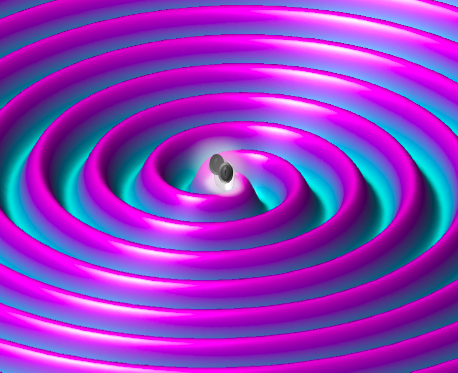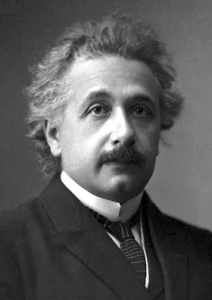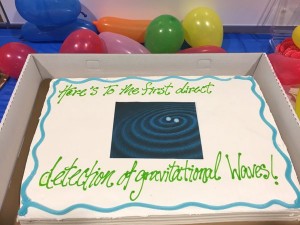Alex Chattwood and Susan Vickers, Communications, Education & Outreach co-editors
The detection of gravitational waves last month by LIGO (the Laser Interferometer Gravitational-Wave Observatory, a collaborative observatory and experiment in the US designed for this very purpose) scientists was a huge deal, not just for scientists, but for everyone. According to Google Trends, “gravitational wave” was, at least for a day, a more popular search term than “Donald Trump”. It is rare that a scientific discovery trumps (pun intended) celebrity. But for one wonderful day, it did.
The week following the February 11th announcement saw the blogosphere full of activity, with countless articles attempting to explain what gravitational waves are and why they are important. There were some excellent contributions from Science Borealis bloggers: Kat Hamill from Science World put together a great summary of the LIGO research for a general audience; Stephanne Taylor turned an eye toward future gravitational wave research; and Sketchy Science gave us some historical context in a hilarious blog post featuring cartoon Einstein and his sandwich.
And we saw some great media too! We love the quick squishy Earth GIF made by Katie Mack and featured in Stephanne’s post. And the videos that showcased the original experimental and modelling data, such as this one from the Caltech LIGO team. Cartoons from PhD comics and others interpreted the results as an engaging narrative. And this segment on The Late Show with Stephen Colbert currently has over 1.6 million views on YouTube. For those who prefer their news on the move there were also podcasts, including the CBC’s Quirks and Quarks, Science Weekly, and Wired.
In short, there was something for every audience and millions of people have been paying attention, trying to grasp what it all means.
What was it about gravitational waves that struck a chord with so many people? It could simply be the magnitude of the discovery and its overall impact on future physics research. There could be other factors at play as well. One possibility is that the now famous “chirp” heard by LIGO scientists provides the strongest supporting evidence of Einstein’s 100 year old Theory of General Relativity.
Official 1921 Nobel Prize in Physics photograph, Public Domain, Wikimedia
Everybody loves Einstein. He was a science superstar, an icon with a genius intellect and a crazy hairdo with a knack for delivering a good line. Perhaps less well known were his outreach efforts, where he found time to reply to children’s letters on all sorts of topics with self-deprecating humour and sincerity. He was an emblem for science, yes, but he was also a person we can all relate to.
Einstein is a shining example of the role public figures can play in promoting science. Now, try to name one of the scientists running the LIGO experiment. If you can, well done! We certainly couldn’t.
Sure, science has advanced to the point where huge cross-disciplinary teams have replaced one man sitting in a patent office with a piece of paper and a pencil. That makes it harder. But, there were some really great personal stories in addition to the science ones. For example, NASA scientist Erin Lee Ryan beat the press to the punch when she tweeted a picture of a cake bearing the result in icing.
The cake that broke the press embargo. Photo: Erin Lee Ryan, used with permission.
Our favourite involves Scott Hughes, who has been thinking about gravitational waves since 1992, speaking to The Atlantic (scroll to bottom of story for audio). In the interview, the interviewer is measured and quite dry. Hughes, by contrast, is a bundle of energy, cackling gleefully as he replicates the “chirp” and becoming emotional when he assesses how this discovery compares with other events in his life.
It’s a beautiful moment and it reminds us that the human element – the scientist – is just as important as the science.
Header Image: Gravitational Waves, MoocSummers, Wikimedia Commons CC by 4.0






